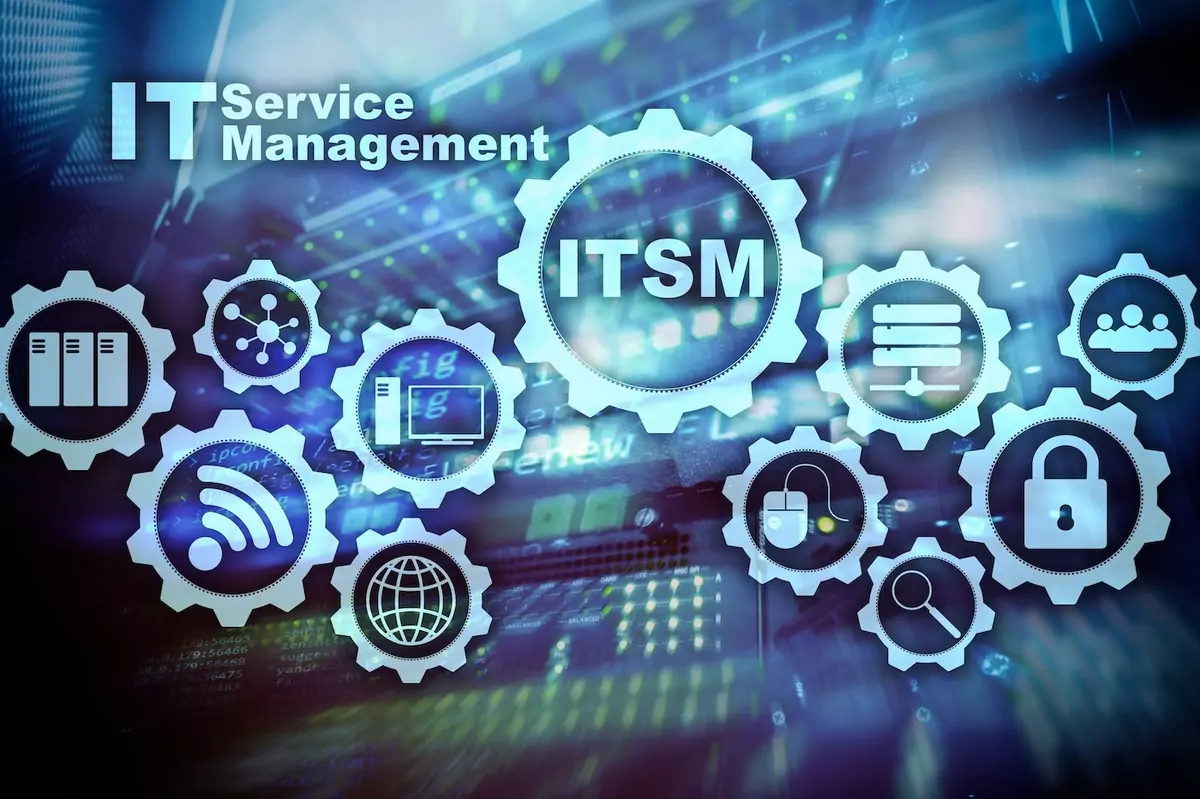
To provide IT services to their clients, businesses must ensure that numerous moving parts work together seamlessly. IT teams are responsible for managing a wide range of duties and ensuring that every step of the service delivery workflow is executed properly, from designing the service to developing the technology to delivering the product. Information Technology Service Management (ITSM) is a tactical approach to carrying out IT management that outlines the roles and responsibilities required at each stage of the design, delivery, and improvement of IT services. This approach aims to improve the processes for providing customers with IT services. ITSM tools have the capability to standardize processes, simplify process orchestration, and enhance communication between tech professionals and end-users.
It is often confusing for people to distinguish between ITSM and ITIL because both concepts relate to IT service management. However, ITSM refers to the overall management strategy for IT services within a business, which encompasses all procedures and guidelines for overseeing IT operations and support activities. On the other hand, Information Technology Infrastructure Library (ITIL) is a particular set of best practices for managing IT services. The ITIL framework offers a collection of publications that describe recommended procedures for creating an ITSM solution that will reduce costs and improve productivity.
To enhance the customer experience while cost-effectively arranging service delivery, successful ITSM structures must take the customer into account in all aspects of the IT service management operations. An ITSM technique should therefore serve as a framework with the primary goal of delivering improved customer service. For instance, organizations can track Key Performance Indicators (KPIs) to evaluate their business performance, growth, areas for improvement, and customer satisfaction levels through sales and customer reviews. While providing exceptional customer service is the main goal of any strong ITSM model, firms must set more specific goals based on quality, performance, and other business indicators. Furthermore, ITSM structures should promote collaboration between IT and development teams when creating strategies for process improvement and take customer feedback into account.
ITSM technologies can be beneficial for businesses that use ITSM processes and solutions, as they often contain similar technologies or features that enhance IT service structures and provide more organizational advantages. Effective service request management is crucial to delivering good IT service management, and incident management procedures can help users handle and lessen the effects of any IT issues that may arise. Self-service options for customers can help a business automate the process of promptly satisfying customer requests, while reports on identified and anticipated crucial performance and customer satisfaction aspects can assist organizations in gaining data-driven insights and empowering them to make decisions that have an impact. Moreover, defining roles and procedures in workflow management can assist in determining the sequence of tasks necessary throughout the service processes and allocate tasks to ensure smooth operations and keep individual users on track.
In conclusion, ITSM tools can assist users in resolving customer complaints and optimizing IT operations. For example, ITSM systems with reporting and data analytics capabilities use information about key performance indicators to gain insights and assist IT teams in optimizing their operations. Self-service portals can increase user happiness by empowering customers to take charge of their own IT service issues and promptly address them. Customers can use chatbots provided by ITSM technology to automatically respond to their questions and receive a prompt response.
ITSM refers to the overall management strategy for IT services within a business, while ITIL is a specific set of best practices for managing IT services. ITSM is broader in scope, encompassing all procedures and guidelines for IT operations, whereas ITIL provides detailed recommendations for implementing ITSM solutions.
Key benefits include improved service delivery, standardized processes, better communication between IT teams and users, enhanced customer satisfaction, and more efficient resource utilization. ITSM also helps organizations track performance metrics and make data-driven decisions.
ITSM improves customer service through self-service portals, automated incident management, efficient service request handling, and better communication channels. It also enables organizations to track customer satisfaction metrics and continuously improve service delivery.
KPIs help organizations measure their ITSM performance, track service quality, identify areas for improvement, and make data-driven decisions. They provide insights into business performance, growth, and customer satisfaction levels.
Effective ITSM implementation requires clear processes, proper tools, trained staff, and a customer-centric approach. Organizations should focus on standardizing processes, implementing automation where possible, and continuously monitoring and improving service delivery.
Your email address will not be published. Required fields are marked *
Loading questions...
